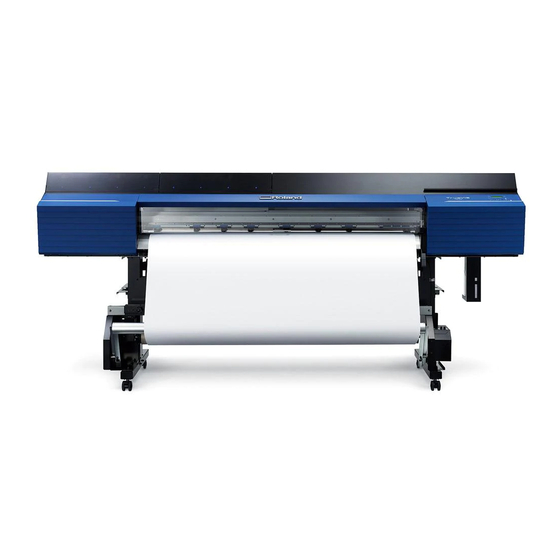
Roland TrueVIS VG2-640 Manuals
Manuals and User Guides for Roland TrueVIS VG2-640. We have 3 Roland TrueVIS VG2-640 manuals available for free PDF download: User Manual, Setup Manual, Regular Maintenance Manual
Advertisement
Advertisement


